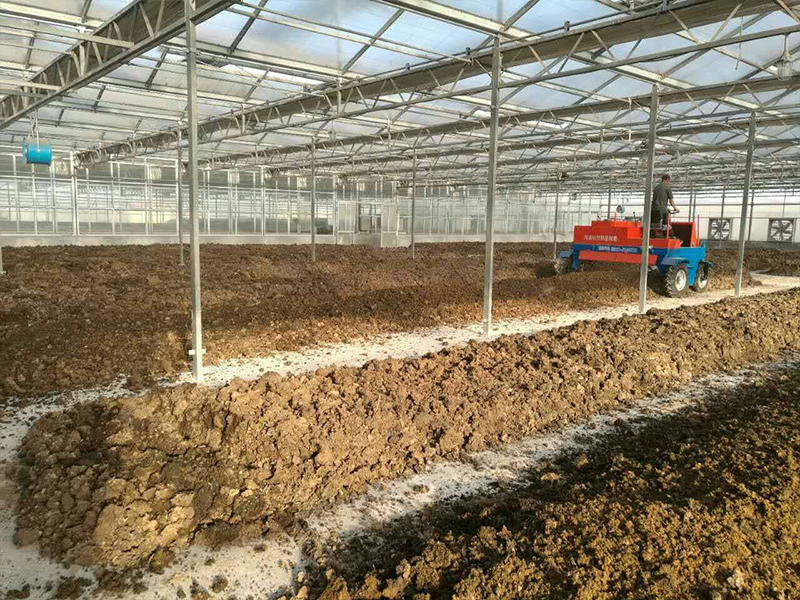Animal manure fertilizer fermentation process
1. Dosage of the fermentation bacteria: 0.2%--0.5%.
2. Raw materials and requirements: main materials: fruit residue, bagasse, edible fungus residue, distiller's grains, beer grains, sugar residue, vinegar residue, starch residue, cassava residue, citric acid residue, soy sauce residue, MSG residue, powder residue, Bean curd residue, dregs, oil residue, oil cake, bran, cottonseed meal, mildew feed, sludge, sugar mill brewery sludge, slaughter scraps, leftovers, human animal waste Wait for bulk materials.
Excipients: various crop straws, leaf weeds, melon vines, straw, pine shells, peanut shells, sawdust, chaff flour, reeds, etc. dry, pulverized, high carbon.
3. Raw and auxiliary materials ratio: main material: auxiliary material = 5:1-3:1.
4. The moisture control is 60-65%:the hand grabs the material into a group just out of the water.
5. Mix the bacteria: main ingredients and auxiliary materials evenly as required.
6. The ambient temperature of above 15℃ , windrow not less than 4m³, piled into a stack of 1.5 ~ 2 meters wide, 0.6 meters high, length is not limited, and use the stick to vent holes in the pile.
7. Temperature control: When the stack temperature rises to 50℃, turn over the material once a day, if the stack temperature exceeds 65 °C, and then overturn. The temperature is controlled below 70 ° C, and the temperature is too high to affect the nutrients.
8.Decomposted signs: heap temperature is reduced, the material is loose, no material original odor, slightly ammonia smell, white hyphae in the heap.
9.Decomposed raw fertilizer: directly used to produce commercial organic fertilizer, bio-organic fertilizer, organic-inorganic compound fertilizer, bio-organic and inorganic compound fertilizer.

Note:
1 According to the increase or decrease of water content, the total moisture of the fermentation mixture should be controlled at 60-65%. Too high or too low is not conducive to fermentation, too little water, slow fermentation; too much water will lead to poor ventilation, slow heating and odor. Judging whether the water is suitable or not: grasping a piece of material with your hand, seeing the watermark but not dripping, and landing.
2 If the addition of 1 kg of urea per ton or 10 kg of superphosphate is better.







